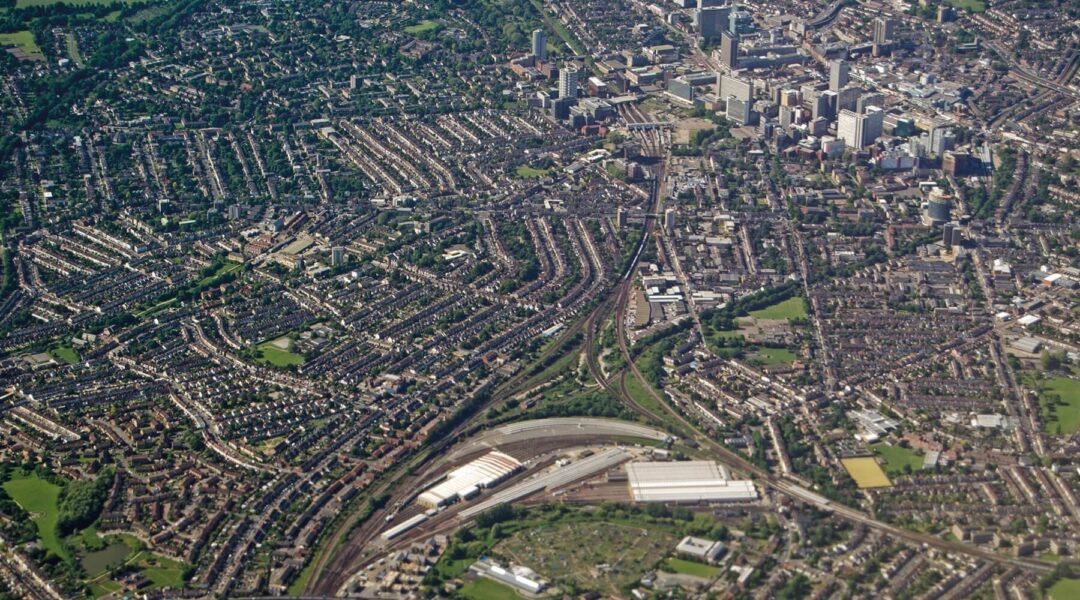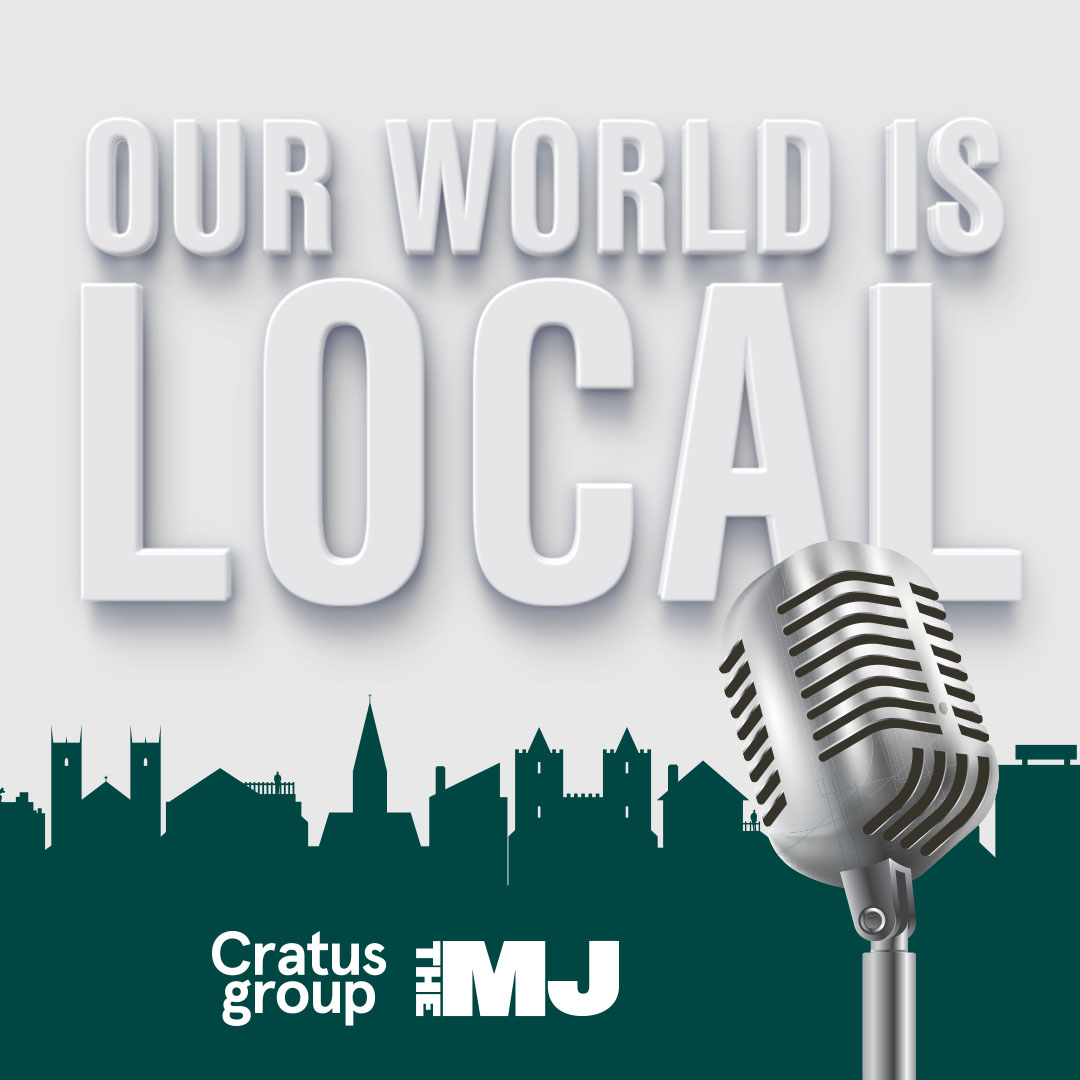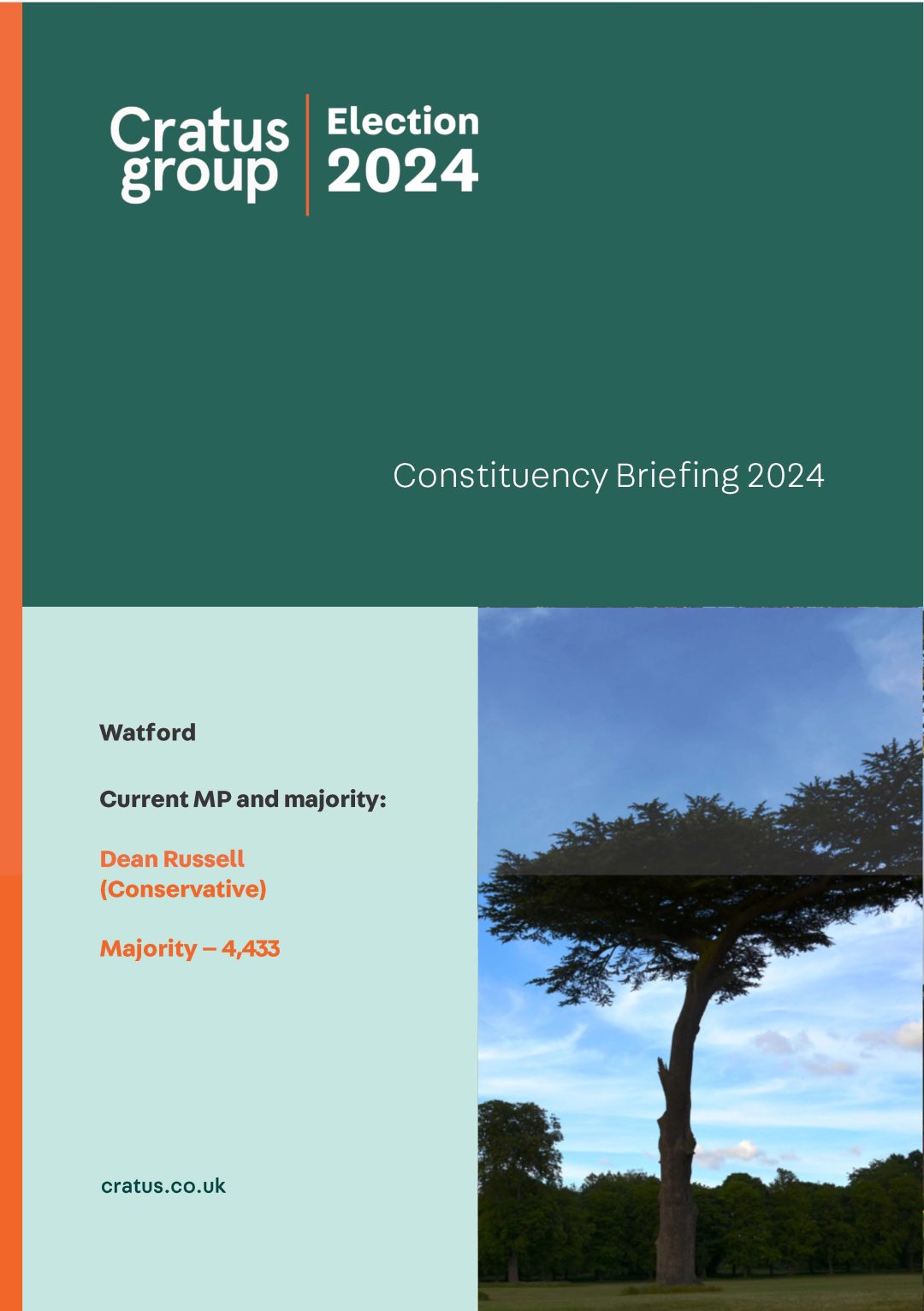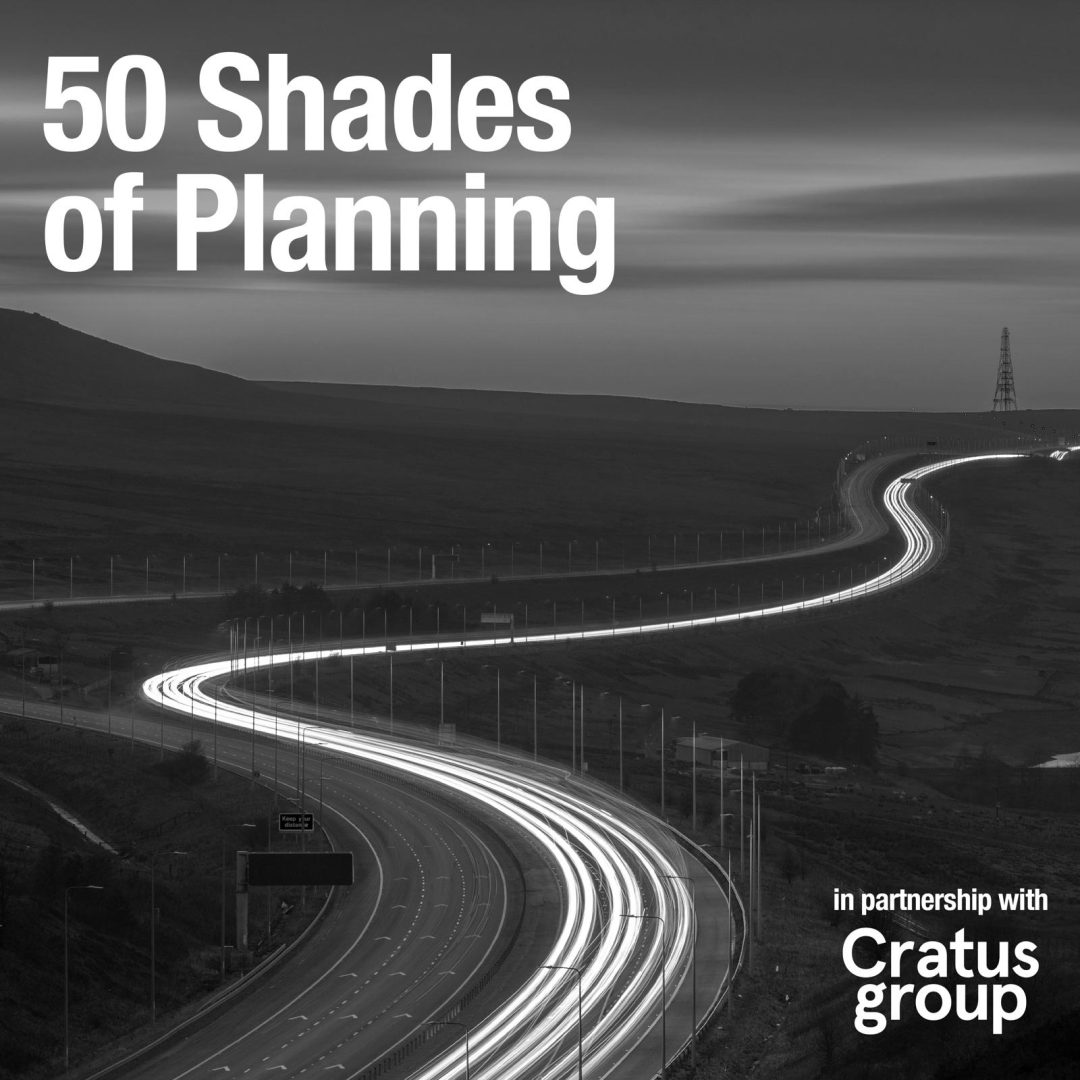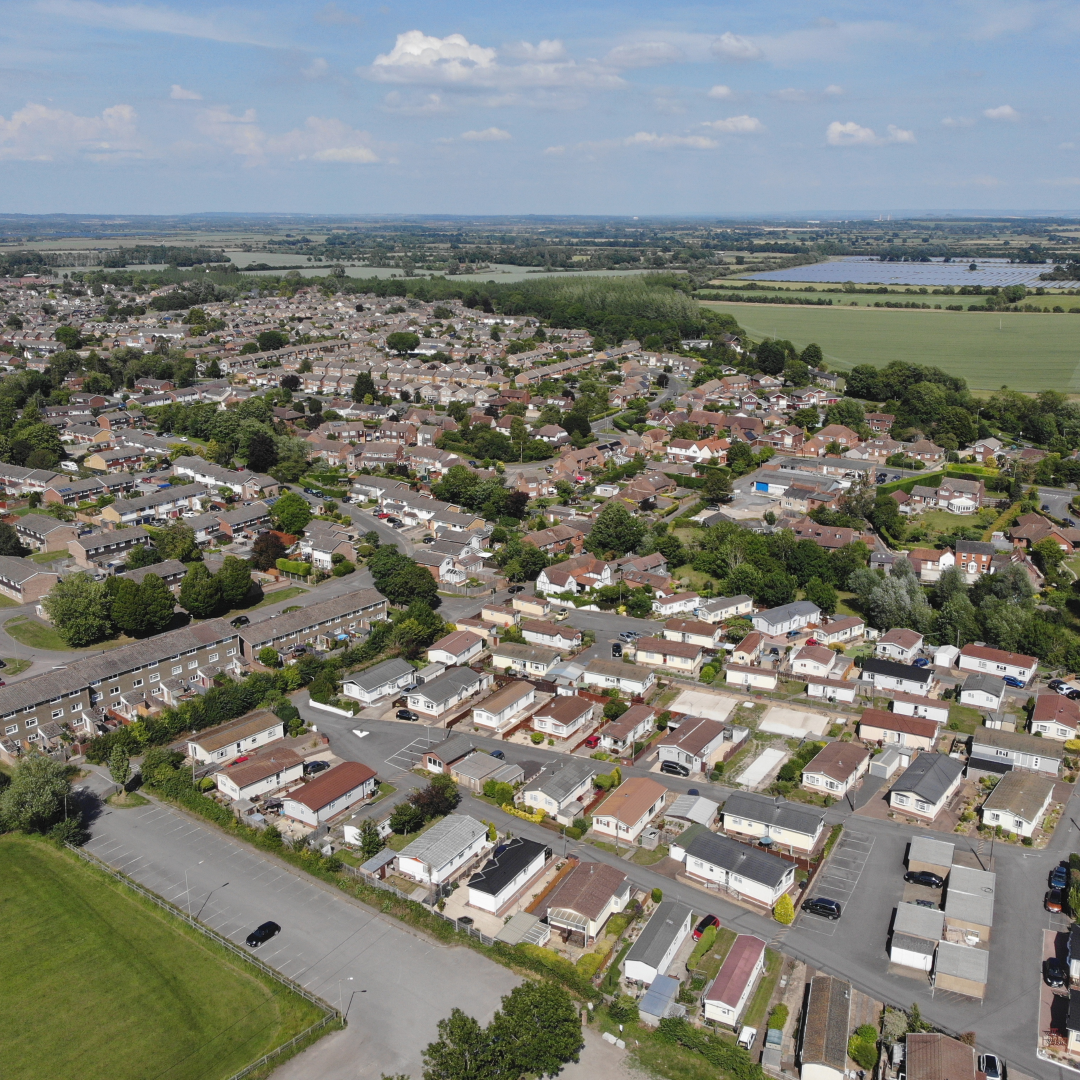Coming to Croydon
Croydon has long been seen as a somewhat less than desirable place to live, especially when compared to its leafy neighbours such as Bromley, Sutton and Surrey, but dismissing Croydon as a post-war, concrete new town is somewhat unfair and ignores the benefits living there provides with its rich history, excellent transport links and abundance of open greenery and parks.
Mentioned in the Domesday book, there is archaeological evidence for settlement in Croydon during the Roman period along the valley that forms the core of the town as it passes through the North Downs. By Saxon times, Croydon was the centre of an estate belonging to the Archbishop of Canterbury and continued to be through the centuries with six Archbishops being buried in the Gilbert Scott designed Minster, and with Croydon Palace being the summer residence of the Archbishops for over 500 years. The town was even home to Britain’s first international airport, prior to World War Two.
Since the expansion of London in 1965, the modern London Borough of Croydon ranges from Norwood (setting for several Sherlock Holmes mysteries) to Addington (with its own Archbishop’s Palace) and beyond to the leafy reaches of Sanderstead, Riddlesdown, Purley and Coulsdon that still see themselves to be more a part of Surrey. One only has to look at a map of the borough to see it offers everything the housing market could ask for, from Victorian terraces to expensive city centre flats to large family homes surrounded by green spaces.
Twenty-first century Croydon now vies to have the largest population in London with 360,000 people making it their home. Geographically its location is superb, with fast trains from East Croydon to Victoria, London Bridge and Gatwick taking only 15 minutes, there are 27 million journeys made through the station each year. Yet the borough’s housing market is one of the cheapest in London with an average house price in December 2015 of £360,100 – making it the sixth (out of 33) most affordable borough in London.
Mostly ignored as a place to drive development and investment in the property market, despite its location and the number of people that have succumbed to its charms and made it home, Croydon is seeing something of a renaissance in recent years with developers and investors recognising the potential for growth and the value to buyers that the local market provides.
Many districts of London are making substantial development (think Nine Elms, Stratford etc.) and Croydon joins them with the town centre alone seeing 2,700 office to residential homes planned or underway; 2,500 new homes under construction and 3,150 with planning consent but not yet under way. On top of this is the planned Westfield/ Hammerson redevelopment of the town centre, the 650 homes currently being built in Coulsdon and the 900 recently completed by Barratts on the A23, as well as all the other myriad, smaller schemes planned, underway or recently completed across the borough.
In fact, anyone who has been through East Croydon station recently cannot have failed to notice the extensive building work taking place with the 43 storey Berkeley Homes tower, the Croydon Gateway scheme by Stanhope (up to 29 storeys) and the 54 storey Menta tower directly opposite. All in all, whilst many boroughs are still debating 15 or 20 storey buildings, Croydon has embraced large buildings in a way befitting London’s third main, central business district.
Overall, investors have sensed that Croydon is a market they need to get into, with a planned £5bn investment in the town over the next five year being talked of. It is the firm view of everyone at Cratus that the Croydon market is one to watch for the future.
